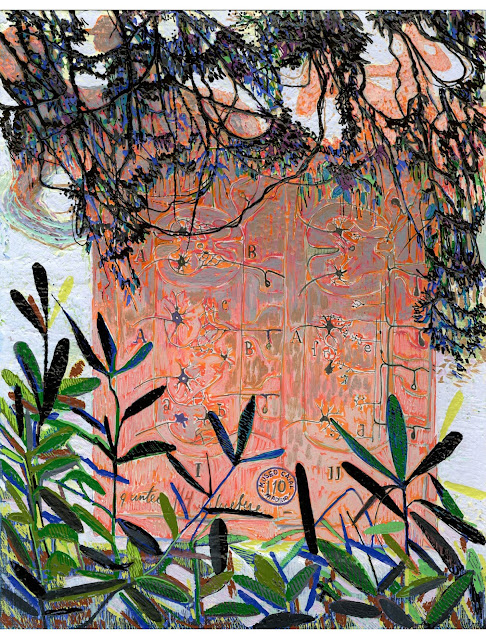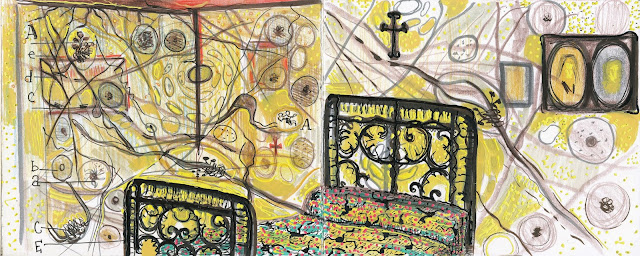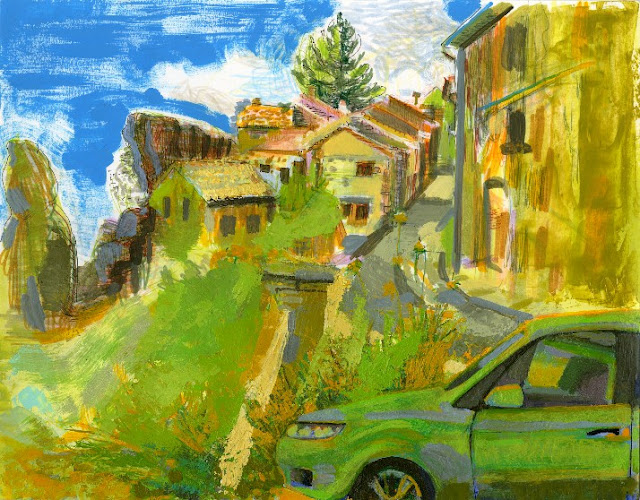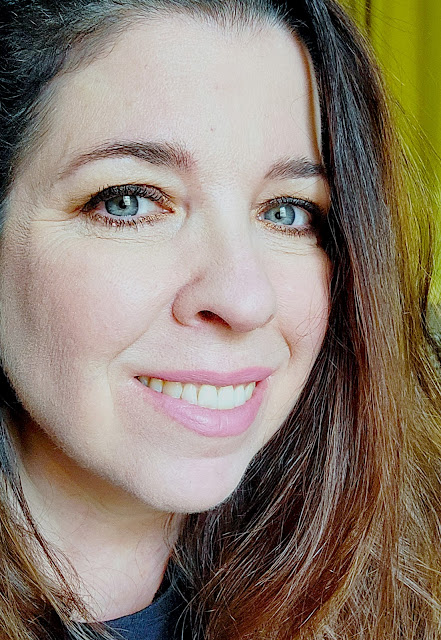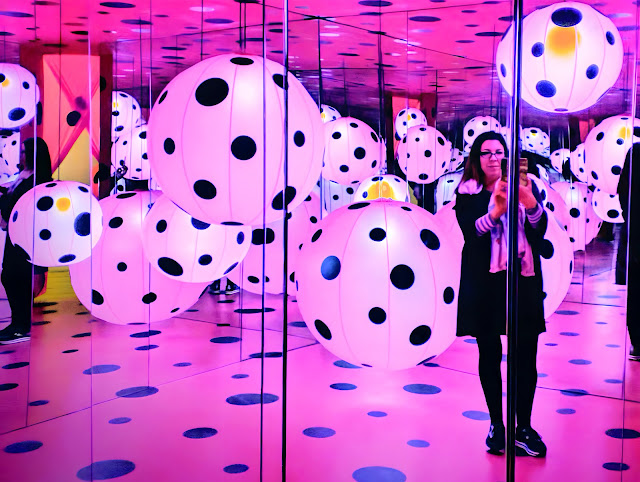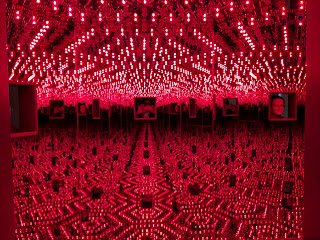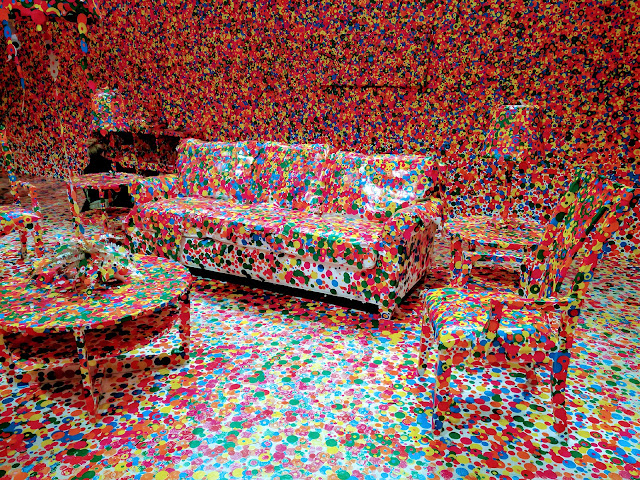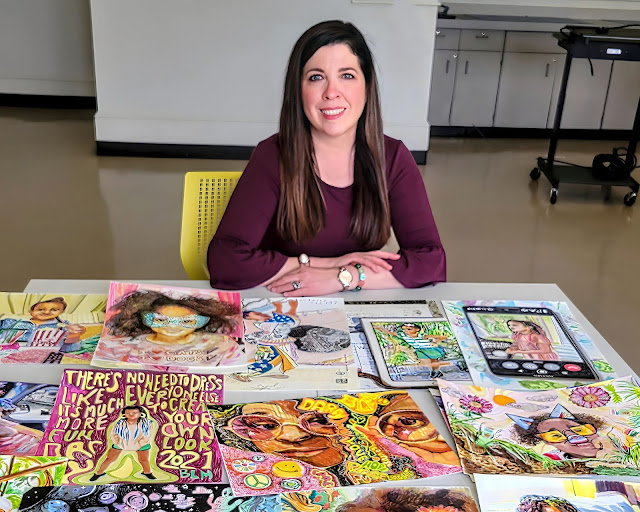The studio practice became my unexpected foundation after Hurricane Helene destroyed my home when a tree crashed through it. The storm forced Darcy and me to move immediately the following day, yet it revealed to me what truly centers me; which is creating art. With the house tarped and repairs pending, I returned to my studio at the University of South Carolina, where the act of creating offered a steady rhythm amidst the upheaval.
During this time, I was immersed in a meaningful project: completing the 2025 Krieg Lifetime Achievement Award for the Cajal Club. These awards, named in honor of Wendell J. S. Krieg (1906–1997), celebrate exceptional contributions to neuroscience. This year’s honoree was Larry W. Swanson—a figure whose work and leadership have left an indelible mark on the field.
Larry W. Swanson
Larry W. Swanson, an internationally recognized neuroscientist, author, preeminent scholar on Santiago Ramón y Cajal and a personal hero, was the second recipient for whom I created a Cajal Club Krieg Lifetime Achievement Award. Designing his award and accompanying certificates felt deeply personal. Although the storm delayed my original timeline, it added unexpected layers of symbolism to the work and creative process.
When I create the Cajal Club Krieg Lifetime Achievement Awards, I always design two unique certificates—one from Cajal and one from the Cajal Club’s founder, Wendell J. S. Krieg—in recognition of both men as accomplished neuroanatomy illustrators.
Although the award included two certificates, the aesthetic direction for Swanson’s commission was driven entirely by a Krieg-inspired vision, even for the Cajal component. I drew inspiration from Krieg’s Heritage of Borders book¹, a reference manual of ornamental borders for artists and designers. But beyond the visual vocabulary, there was an emotional core. Larry W. Swanson was born in North Carolina, a region especially hard-hit by Hurricane Helene. I created a custom box to hold Larry’s certificate from Cajal. I wove in symbolic elements of North Carolina pine trees with the green cotton cords that outlined the inside and outside of the custom certificate box and fused them with a formative childhood memory: barrels of discarded fabric gifted to my family by clothing manufacturers, filled with vibrantly colored pattern remnants. As a child, Dolly Parton’s Coat of Many Colors helped me make sense of those fragments—irregular shapes sewn into something meaningful. That memory shaped the fusion I created for this award: frayed edges, mismatched patterns, green leaf motifs, gold thread, and rhinestones—all embedded into the Krieg’s border designs embellished on the customized case.
The inside of the box was lined with paper and patterns echoing motifs from Krieg’s Heritage of Borders book. The leather case that held Swanson’s certificate was purple and printed in Old English typography—a nod to Krieg, who personally printed and bound his textbooks using the same typeface and color scheme. Inside the case was the certificate “from Cajal.” Since Cajal won the Nobel Prize in 1906—the year of Krieg’s birth—I tied the design together using elements from newspaper publications from that year, Krieg’s border designs, and the Brain Books logo Krieg used for his press. I wrote the text in Castilian Spanish and selected a vibrant yellow as a complement to the purple case.
Interior of the customized case for the certificate 'from Cajal' created for Larry W. Swanson by Dawn Hunter. Materials: paper, fabric, rhinestones, green leaf, gold leaf, leather, and decorative trim, 2024.
For the Krieg certificate, I symbolically merged symbols from Swanson’s career with a portrait of Wendell Krieg composed of hollow, outlined shapes from the Heritage of Borders book. Once again, I leaned into the purple spectrum, using tints and shades of red-violet, violet, and blue-violet. Swanson’s legacy came through in details like Krieg’s signature, which morphs into a hydra form—drawn from page 17, chapter two of Swanson’s major publication Brain Architecture.²
This project became a hybrid tribute: part natural disaster, part childhood memory, and part homage to Larry Swanson’s North Carolina roots. Through this award, I explored an intersection of place, personal history, and scientific legacy—all filtered through Krieg’s aesthetic lens and layered with symbols of resilience and reinvention.
Charles E. Ribak
The first award I created was presented at the Cajal Club Social during the 2023 Society for Neuroscience meeting. Dr. Charles E. Ribak was honored for decades of service and a distinguished research career. A Professor Emeritus at UC Irvine, Dr. Ribak’s work on epilepsy, neurogenesis, and neural circuitry has received international recognition, and his leadership within the Cajal Club is equally noteworthy.
For his award, I designed two certificates—one from Cajal and one from Krieg. The Cajal certificate was housed in a customized archival box rich with layered references to Cajal’s research, life, and legacy. The exterior featured an iconic portrait I created of Cajal and a motif symbolizing the horizontal neurons of the cortex, which he discovered. Inside, I placed a custom silkscreened leather case to hold the certificate. The leather cover was a direct reference to Ribak’s Cajal Club Treasurer nickname: “Apical Dendrite.”
Interior of the customized case for the certificate 'from Cajal' created for Charles E. Ribak by Dawn Hunter. Materials: paper, gold leaf, and leather, 2023.
Inside the folio, on the left, was an illustrated portrait of Cajal reading an issue of the Cajal Club Proceedings. This original drawing was a homage to Cajal’s approachable, open nature, as I perceive it. On the right was the “official” certificate—designed as if transcribed by Cajal himself. I spent numerous hours at the Instituto Cajal in Madrid studying Cajal’s journals and sketchbooks and I became well-versed in his handwriting. I chose to write the certificate text in the handwriting style of Cajal instead of using conventional calligraphy, and the certificate is signed as he would sign letters to his disciples.
The interior of the box was lined with red rice paper and gold leaf. The red lining symbolized both the home office partitioning curtains Cajal used and the luxurious red-and-gold interior design of the Colegio de Médicos in Madrid where he taught. Layered on top the rice paper were portraits of Cajal and his wife, Silveria—symbolic of their partnership. Cajal publicly stated that he would not have become who he was without her. In the portrait he took of Silveria, the pattern of her dress stood out. I chose to reinterpret that detail using a spinal cord form from one of Cajal’s anatomical drawings. The resulting piece is titled Silveria: Head, Heart, and Spine.
The red lining inside the box reinforces themes of both intimacy and institutional reverence—connecting Cajal’s home workspace to the grandeur of his public legacy. Beneath Silveria’s portrait is a “trap door,” a hidden compartment that opens to reveal a sequence of layered pages. The first references the flamboyant artwork painted by artist Endie Mvnne and commissioned by Argentine doctors for Cajal’s retirement. The doctors had funded Cajal’s final major work, Degeneration and Regeneration of the Nervous System⁴, which directly relates to the Charles Ribak's work From Development to Degeneration and Regeneration of the Nervous System⁵ (Ribak et al., 2009). This work builds on the foundations of Cajal’s research, providing current insights into three core areas: neuronal migration and development, degenerative brain diseases, and neural plasticity and regeneration. I paired imagery from Mvnne’s painting with visuals referencing Cajal’s Nobel Prize—historical gestures anchored in the present by incorporating reproductions from my own sketchbook. Among them is an illustration of Cajal as a homunculus, inspired by the theatrical and subtly humorous opening line of his autobiography: “I appeared on May 1, 1852.⁶"
For the Krieg certificate, my objective was to distill the essence of his 1986 portrait, in which he wears a black-and-white striped suit and a purple tie. Purple, a hue absent from the spectrum of refracted light, presents a unique challenge for colorists, requiring a bespoke blend. I began with Krieg’s signature purple on the right and expanded the chromatic spectrum across the composition. I diverged from the formal patterning of his published books, instead juxtaposing wild weeds with structured, ornate motifs. This design was a nod to the interconnected legacy of Dürer⁷, Cajal, and Krieg. Embedded in Krieg’s signature, I sought to reflect the tension and harmony of black and white—not as opposites, but as forces that reveal the new or undiscovered.
Conclusion
Creating these awards is not only an act of tribute but also a form of translation: transforming the history of neuroscience into something tactile, intimate, and alive. It is an honor to contribute to this ongoing conversation through my work.
You can read more about each award on the Cajal Club website Larry W. Swanson Krieg Lifetime Achievement Award and Charles E. Ribak Lifetime Achievement Award.














